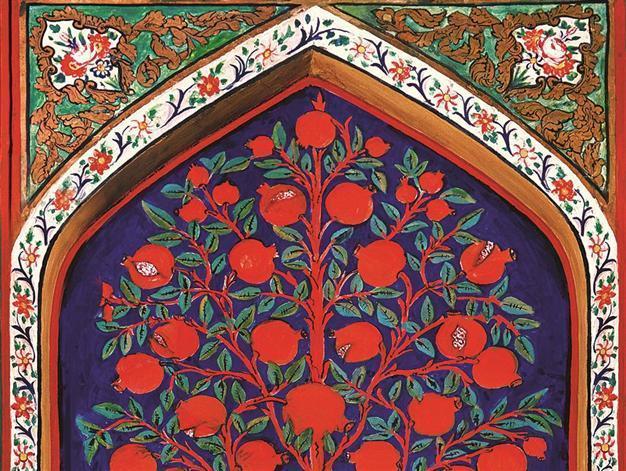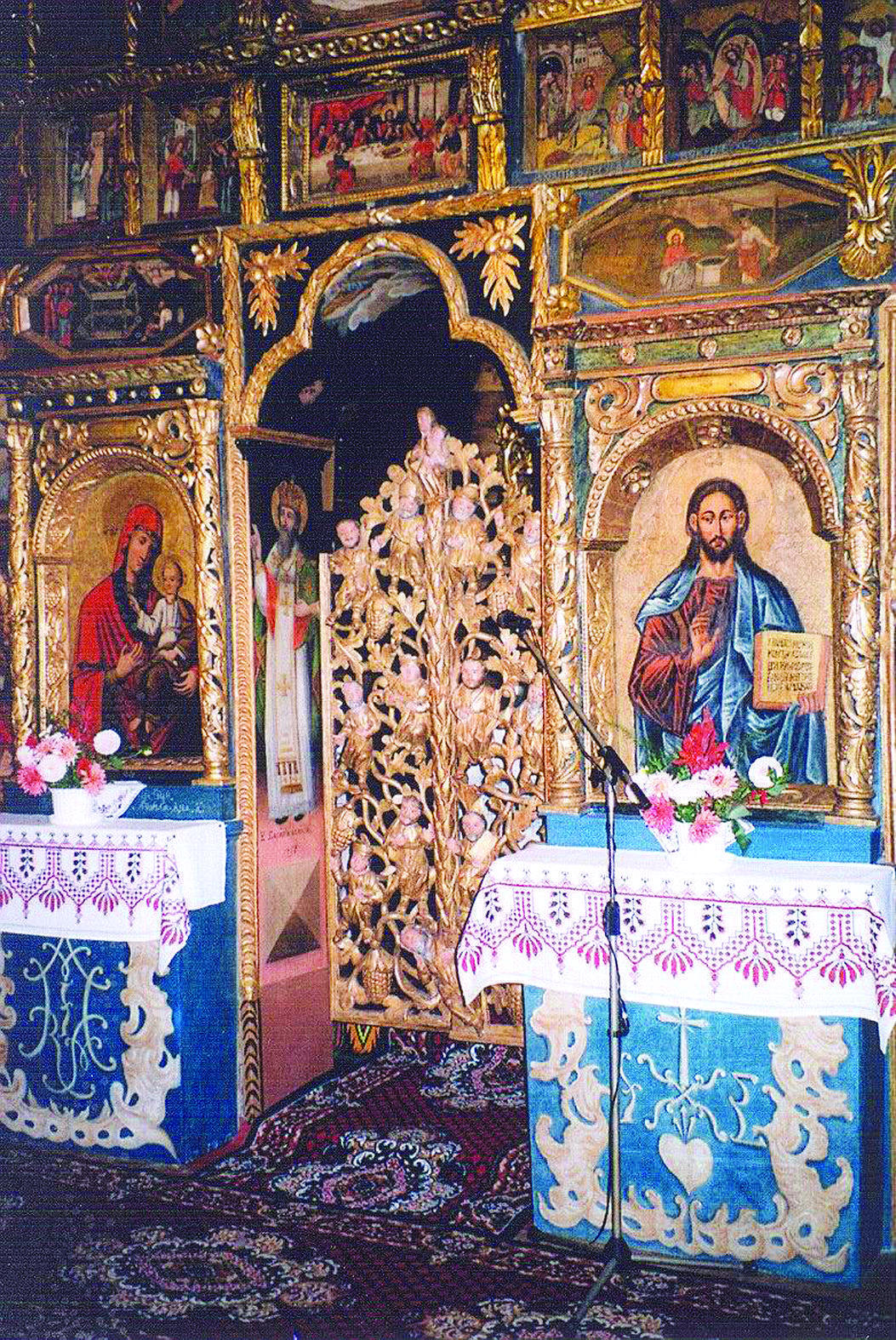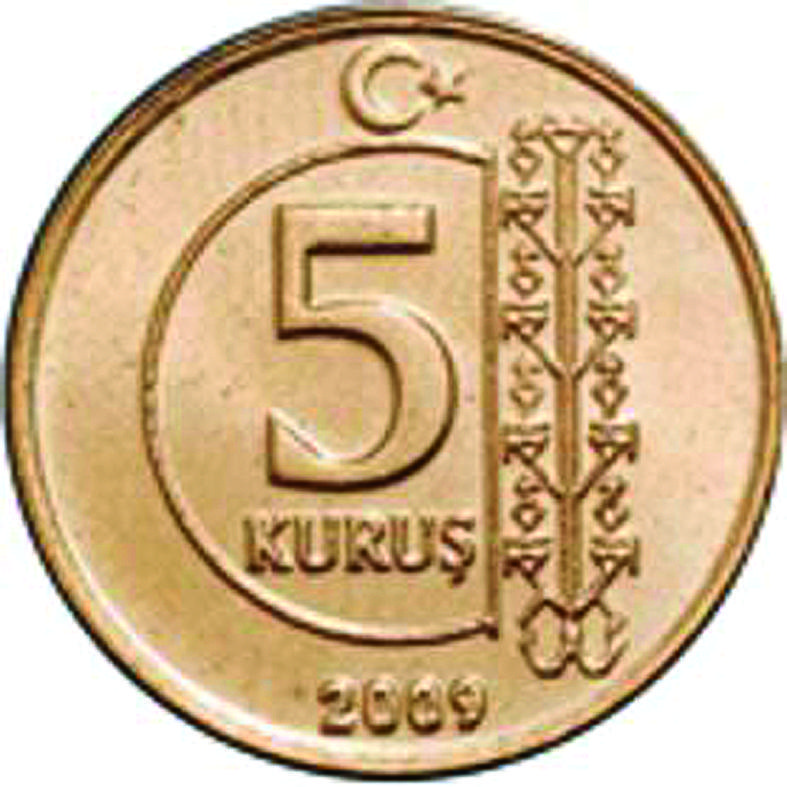The 'tree of life' – an enduring symbol
Niki GAMM

Yörük prayer kilim with tree of life design. Early
20th century.
Did the idea of a world tree or tree of life, present in the mythology of the human race, arise from the millions of years that evolutionary biology states human beings lived in trees as primates? The tree supports the heavens and the trunk or world connects the latter with the underworld through its roots.
From Ireland across northern Europe throughout Central Asia and North America, the mythology of the world tree or tree of life spread.
As so often happens, some of the oldest accounts of the sacred tree come down to us from Babylonia and have been dated to 3,000 – 4,000 BC. The Babylonian tree was at the center of the universe at the mouth of the Euphrates River. The roots of the tree extended into the waters of the abyss which was guarded by Ea, the god of wisdom, who produced the water necessary for agriculture in the land between the two rivers. The leaves of the tree were where the goddess of the heavens resided and the trunk held the earth goddess and her son.
The tree of life appears several times in the Old Testament of the Bible. It is one of two trees that stand in Paradise; however, the other one, the tree of the knowledge of good and evil, achieved greater prominence as time went on.
Persian mythology, prior to Islam, centered around a large, sacred tree which bore all the seeds necessary for trees to grow on earth. Ahriman who was the source of all of the evil in the world sent a frog to invade the tree and destroy it. To guard the tree, the god Ahura Mazda, who represented all that was good, including life, created two fish to continually stare at the frog, always ready to stop it. A different Iranian myth, that of Mashy and Mashyane, tells of two trees who were the ancestors of all living beings.

The ancient Egyptians had a somewhat different way of looking at the tree. Their sacred tree was a sycamore that stood on the threshold of life and death and connected the two, rather than a tree that connected the heavens with the earth and then the underworld. The acacia tree is said to have produced Isis and Osiris, the prominent Egyptian god and goddess; the acacia enclosed life and death. It’s not clear whether the sycamore and the acacia tree have been confused and, if so, how, since they are very different trees.
The ancient Armenians saw the tree of life as a religious symbol and one that most likely was used to protect people in times of conflict. The tree would be drawn on fortress walls and on the armor worn by soldiers, the tree’s branches extended in equal numbers to the left and right of the trunk. Each branch had one leaf and the tree itself was topped with a single leaf. Human figures, possibly servants, stood next to the tree.
Chinese mythology contains legends about the tree of life, sometimes incorporating a phoenix (death and resurrection) and a dragon (immortality). These legends were also interpreted in artistic form, such as carvings and ceramics. Archaeological discoveries made in the last century in Sichuan, China, included three bronze trees (about 1,200 BC) and a ceramic tree with coins and topped by a bird with coins.
The tree of life and the TurksThe tree of life is found in Central Asian Turkish mythology. Its elements symbolize the “rebirth, growth and development of the Turkic peoples.” It is also to be found in shamanism, in which the tree provides a ladder for the shamans to use, ascending and descending between the spirit world and the underworld. The wood of the sacred tree is what is said to be what was used to form the shaman’s drum, an integral part of the materials used in performances of rituals and sacred rites. The beech tree seems to have been the tree that was worshipped right up to recent times. Sacrifices would even be made to it, according to Abdülkadir İnan in his book on shamanism.
In the 17th century, Ottoman travel writer Evliya Çelebi talks about the various beliefs of the peoples living in the northern Caucasus region. He notes that once a year the people would gather and light candles around the tree and perform a rite. This tree grew from a piece of the Tuba tree and had been sent to Alexander from God by means of the angel Gabriel. In particular Çelebi identified the Nogay tribe as perpetuating this custom, even though they had become Muslims.
Such a shamanistic practice as tree worship makes the legendary dream of Osman Gazi, the founder of the Ottoman dynasty even more interesting. Osman had a dream in which he saw the famous Ahi Şeyh Edebali so he went to the şeyh and explained how he had seen him in his dream. “’A moon appeared in your breast. It rose, rose and then descended into my breast. From my navel there sprang a tree. It grew and branched out so much, that the shadow of its branches covered the whole world. What does my dream mean?’
“After a brief silence, Edebali interpreted:
“’Congratulations, Osman! God Almighty bestowed sovereignty upon you and your generation. My daughter will be your wife, and the whole world will be under the protection of your children.’”
One suspects that Ahi Şeyh Edebali knew about the world tree or tree of life.

Certainly the tree of life continued as a motif because of its deep religious significance. In “Turkish Flat Weaves,” the authors point to Yörük and Turkmen nomads who use the tree to represent the axis of the world in their kilim designs. The kilims from the Thracian area, sometimes known as Şarköy kilims, have this motif as their center decoration. The authors also note that the tree of life is often found in prayer kilims, as well as in border meanders.
Just a side note. If you’ve ever looked at the Turkish five-kuruş coin issued in 2009, you’ll see a stylized tree of life on the obverse side.

 The ancient Egyptians had a somewhat different way of looking at the tree. Their sacred tree was a sycamore that stood on the threshold of life and death and connected the two, rather than a tree that connected the heavens with the earth and then the underworld. The acacia tree is said to have produced Isis and Osiris, the prominent Egyptian god and goddess; the acacia enclosed life and death. It’s not clear whether the sycamore and the acacia tree have been confused and, if so, how, since they are very different trees.
The ancient Egyptians had a somewhat different way of looking at the tree. Their sacred tree was a sycamore that stood on the threshold of life and death and connected the two, rather than a tree that connected the heavens with the earth and then the underworld. The acacia tree is said to have produced Isis and Osiris, the prominent Egyptian god and goddess; the acacia enclosed life and death. It’s not clear whether the sycamore and the acacia tree have been confused and, if so, how, since they are very different trees.